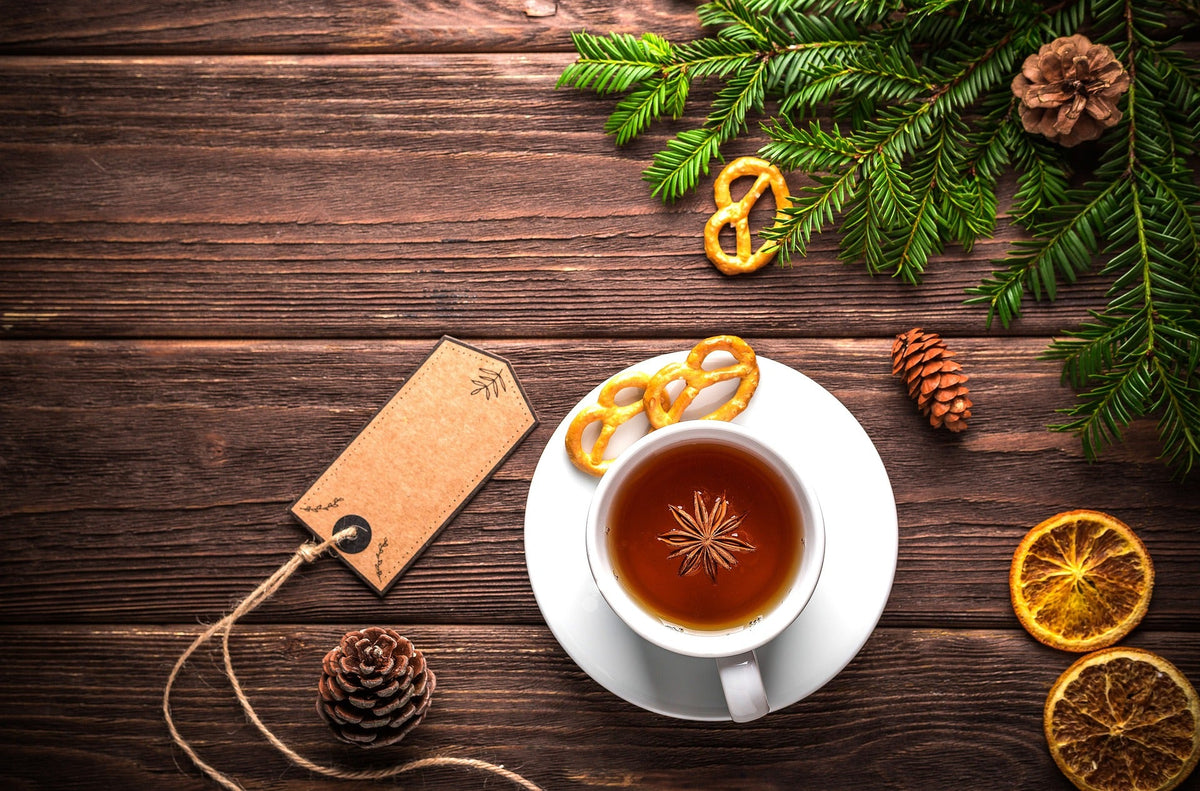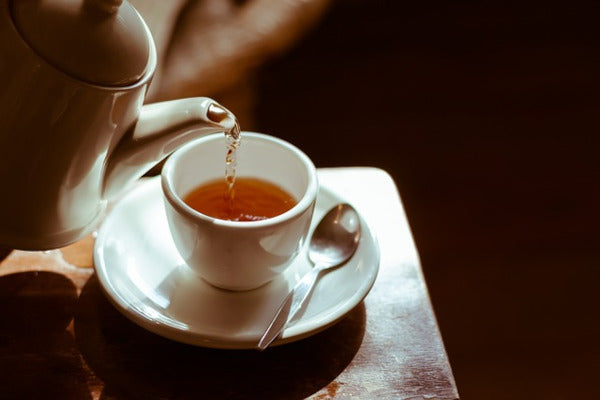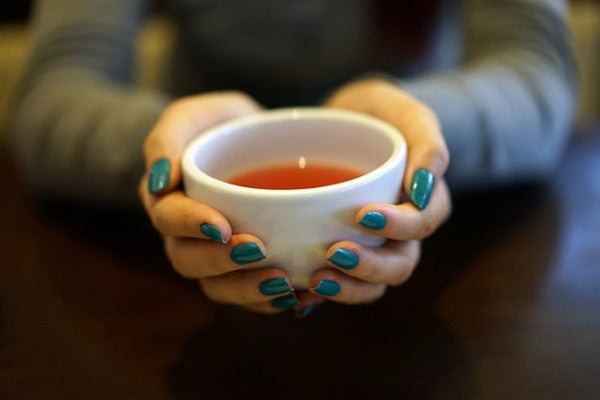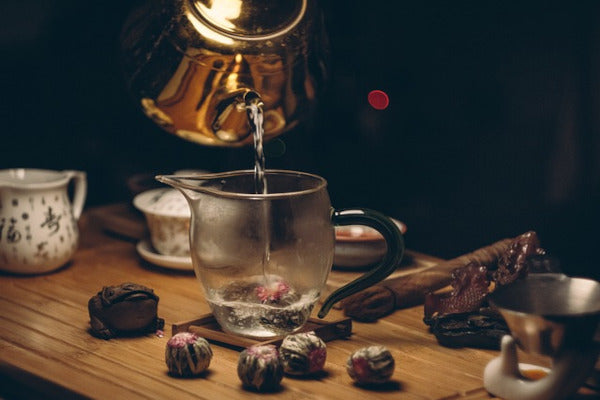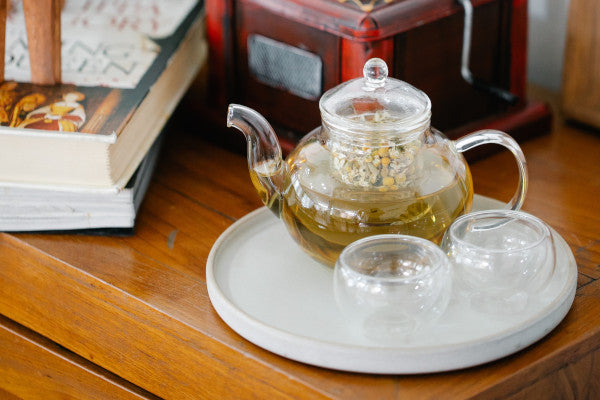The common nettle can be found in temperate regions around the world, including Europe and North America, South America, northern Mexico, much of Asia, North Africa, and Australia. It is a flowering herbaceous perennial with soft, edible green leaves and inconspicuous flowers.
Both the leaves and stems are covered with non-stinging hairs (urticating hairs), whose tips break off when touched, injecting various chemical substances into the skin.
What is Nettle
Many gardeners consider nettle leaves a weed when they appear in lawns due to the stinging hairs on the plant's leaves. Fortunately, these stinging hairs disappear once the leaves are dried or cooked. Nettles deserve our respect, as they have been used since ancient times as a source of food, fiber, and medicine, primarily in the form of an organic infusion .
What is Nettle used for?

From ancient Egypt we know of the use of Nettle tea or infusion to relieve arthritis and lumbago. It is said that Roman soldiers brought nettles to the British Isles to cure their tired and aching legs caused by long marches and harsh climates. This practice was also common among Native American tribes in Canada and the United States, and among the Ecuadorian Indians.
In Russia, Siberian men practice it in saunas, beating each other with nettles to benefit from their strengthening properties. This custom has received some scientific validation for the treatment of arthritis, helping to eliminate the toxins that cause rheumatism. Furthermore, the formic acid contained in nettles has a beneficial effect on rheumatic joints.
How to prepare nettle infusion

Nettle tea can be prepared with dried or fresh leaves (the top leaves of the plant are recommended; otherwise, it is more bitter). For dried leaves, soak a tablespoon in a cup of boiled water. For fresh leaves, use a handful. The minimum steeping time is 10 minutes. I prefer to let it steep overnight to release all its magical properties.
There are many other ingredients that can be combined to make a more delicious nettle tea .
What healing properties does Nettle have?
The benefits of nettle tea are many. Nettles nourish, strengthen, and protect the entire body and its immune system. They are considered anti-asthmatic, anti-dandruff, astringent, diuretic, galactagogue, hemostatic, hypoglycemic, hypotensive, pectoral, stiptic, rubefacient, and tonic.Lumbago: Rubbing or whipping with nettle, making sure to use nettle to avoid dangerous irritation, is often effective in treating this condition. It is also used to treat muscle pain.
Internal bleeding and bloody sputum: It is recommended to drink an organic infusion of 40 to 60 grams of nettle per liter of water. Drink 3 cups a day.
Nosebleed: Nettle infusion, absorbed through the nose, controls it quickly.
Rheumatism and paralysis of the extremities: It is recommended to apply fresh nettle to the painful or paralyzed area. Then, bathe in cold water. This helps blood circulation.

There are various external agents that can cause allergies and skin rashes, so it's important to find the cause and, above all, eliminate the rash. If you have a skin rash, it's a good idea to take a handful of nettle and prepare an infusion of the plant in half a liter of water.
This substance should be applied to the affected area of the body. This will help reduce the inflammation and make it disappear quickly. If you are suffering from hives, you will need to boil a handful of nettles in a liter of water. Drink this beverage daily before breakfast; this will help boost your immune system and make hives much less common.
In addition to nettle tea, there are other infusions and teas with similar properties that can be beneficial to your health.
For example, peppermint tea is known for its digestive and relaxing properties. Chamomile is also popular for its calming effects and can help reduce stress and anxiety.
Ginger tea can be helpful in relieving cold and flu symptoms, as well as reducing inflammation and pain. Green tea, on the other hand, is known for its antioxidant properties and its ability to improve concentration and mood.
Turmeric , a popular ingredient in Asian cuisine, is often used to make a hot infusion that is believed to have anti-inflammatory and antioxidant properties.
There are many options available, and each has its own unique benefits and features. So experiment and find your favorite!
Treatment for varicose veins: An effective way to combat this condition is to take a bunch of nettle and apply it to the affected area for 15 minutes several times a day. Eventually, the inflammation and discomfort will subside. A nettle root infusion is effective in lowering blood glucose levels and thus contributing to the treatment of diabetes. To do this, boil 25 grams of roots in half a liter of water, let it simmer for a few minutes, and then strain. Drink this beverage twice a day.
Hair loss: There is a recipe that recommends taking fifteen grams of powdered nettle root and fifty grams of avocado oil. Mix these two products and place them in a double boiler for 15 minutes. Rub this mixture into your scalp. It's also a good remedy for scalp rashes.
Healing: Boiled nettle for several hours can become an excellent healing poultice.
Nettle tea is also widely used in some countries for weight loss .
If you want to benefit from this plant, you can consume the detox herbal tea blend .
Contraindications of Nettle
Excessive use of nettle may interact with diabetes and blood pressure treatments, as well as with anti-inflammatory and sedative medications. Nettle is contraindicated in cases of fluid retention caused by insufficient heart or kidney function.
Nettle tea and pregnancy are highly controversial, as dried nettle is widely used as a nutritional tonic by pregnant women, but fresh nettle has uterine-stimulating properties and should not be used during pregnancy. However, nettles can help increase milk production in nursing mothers. Are you expecting a baby? Try raspberry leaf tea . This and other teas, made with organic plants, can be found in our Tétique store.


